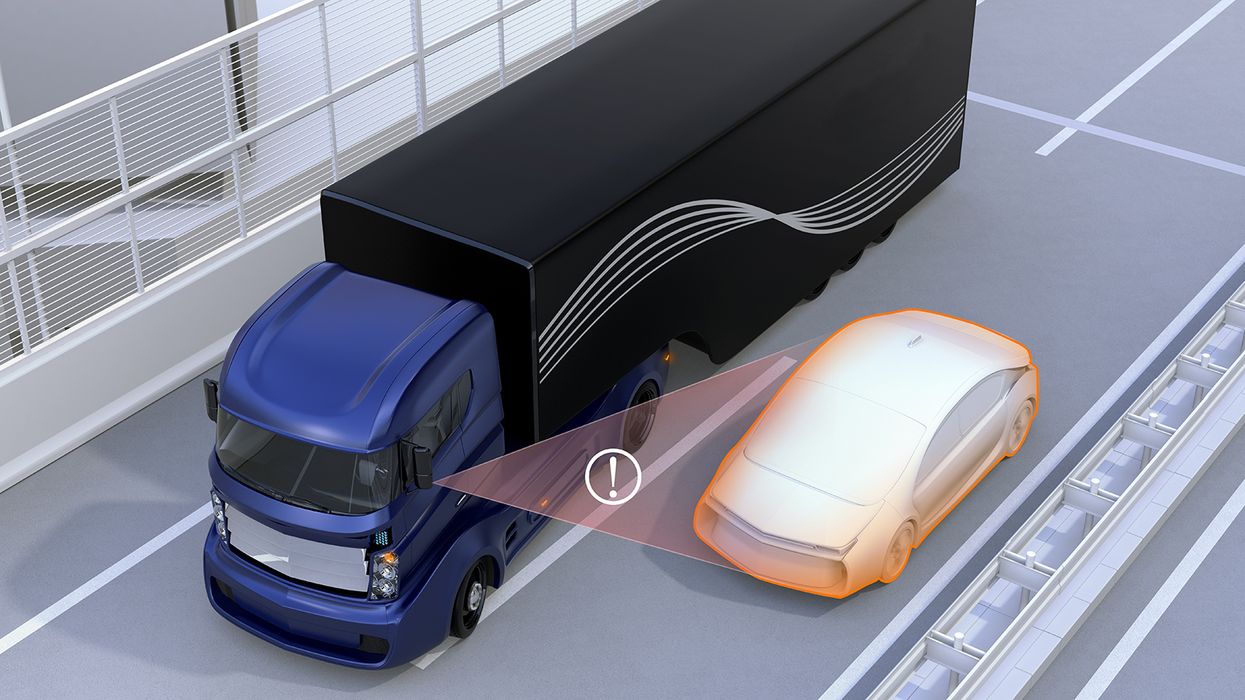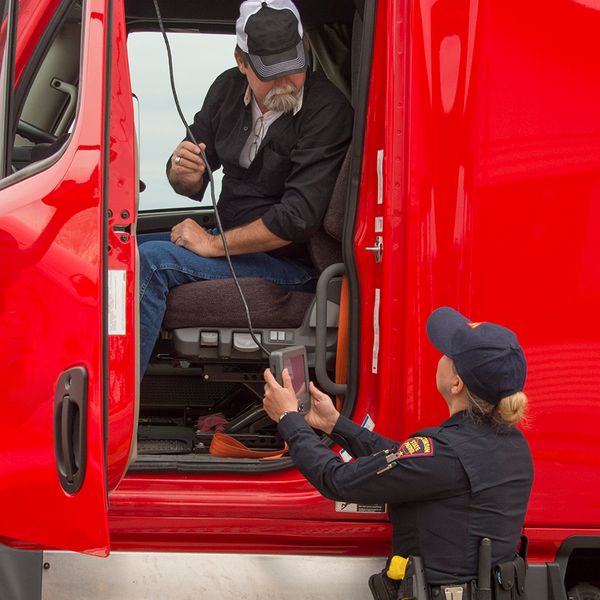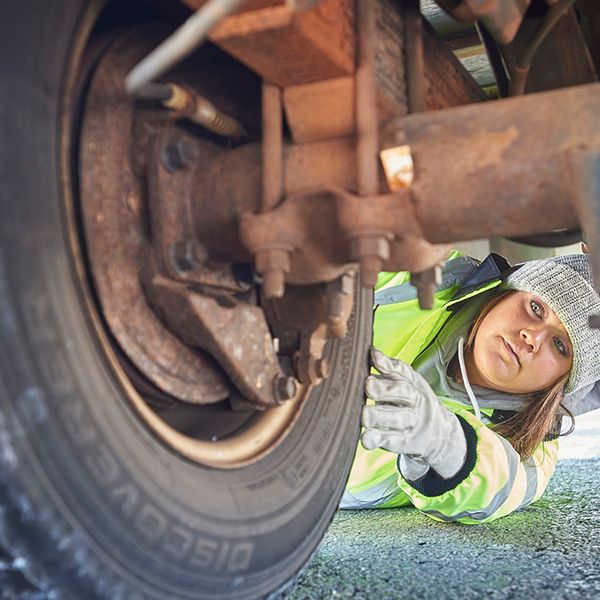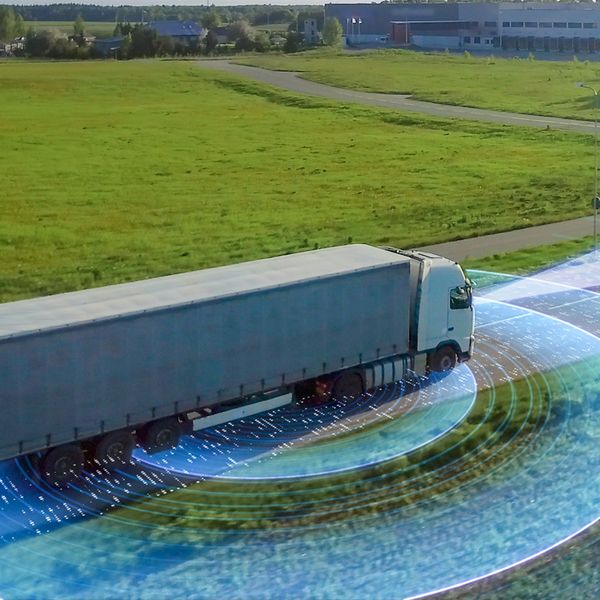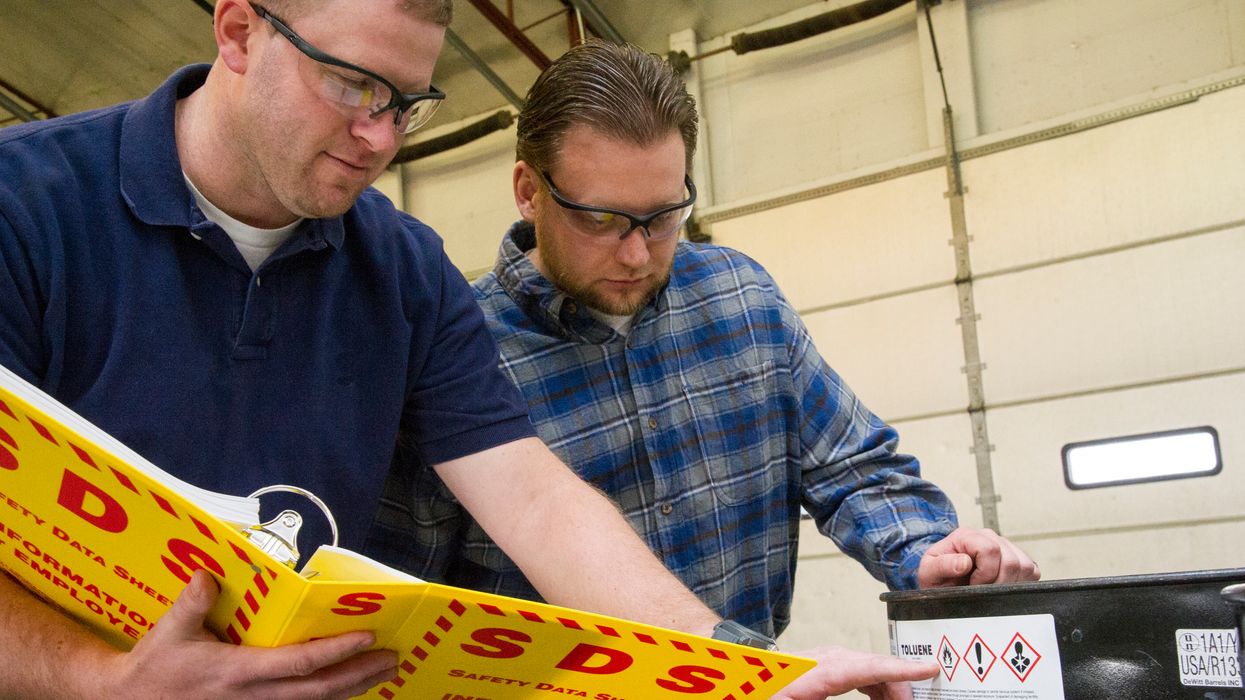Exploring autonomous vehicles? Enhanced AV inspection program is moving forward
In a webcast on August 26, the Commercial Vehicle Safety Alliance (CVSA) officially rolled out their proposed enhanced vehicle inspection program for autonomous vehicles (AVs). The webcast discussed the proposed procedures, standards, and training for the enhanced vehicle inspections to be used on autonomous vehicles. A significant component of this program will be CVSA-trained carrier employees conducting CVSA-developed vehicle inspections.
The process
The overall process will involve an enhanced vehicle inspection done at the trip’s origin, electronic inspections while enroute, and scheduled in-transit inspections if the movement will be more than 24 hours. Here are the details on each of these inspections:
Dispatch (origin) inspections
- Detailed inspection done at the origin of the trip by CVSA-trained carrier personnel.
- Tractor and trailer must both be thoroughly inspected using the inspection developed by CVSA.
- The requirement is zero defects on the tractor and trailer.
- The inspection will be captured in the vehicle memory and shared electronically with officers on the road.
Electronic enroute inspections
- Done by officers on the road that encounter AVs.
- When electronically interrogated by an officer, the vehicle will electronically provide carrier information, vehicle identification, and vehicle condition data (this part is being pilot tested).
In-transit inspections
- Only required if the trip is longer than 24 hours.
- Done by CVSA-trained carrier personnel at refueling locations, customers locations, and other scheduled stop points.
- This inspection is not as intensive as the dispatch (origin) inspection.
The training course
CVSA will be offering the required training to carriers that are operating these vehicles. There currently are no pre-requisites or qualification requirements to get into the enhanced inspection class. The class is 40 hours and will cost roughly the same as the industry inspector courses (approximately $1,000). To complete the course, the student must pass the final exam with 90 percent or higher. Completion of the CVSA course must be followed by training with the vendor that provides the AVs to the carrier.
To remain certified, the individual will need to be doing a minimum number of these inspections and complete in-service training on a regular schedule. These components (the required frequency of inspections and in-service training) are still being developed.
The next step
Next, the proposed process and training program goes to the full CVSA group for approval. If approved, the Federal Motor Carrier Safety Administration will need to look at some type of adoption or regulation to make these requirements official.
Once in effect, companies operating AVs will then be responsible for conducting and documenting the inspections. In the future, verifying that these inspections are being done correctly could become an audit point during carrier auditing.
Key to remember: If you are exploring AVs, you will need to keep track of developments related to CVSA’s enhanced inspection program.

